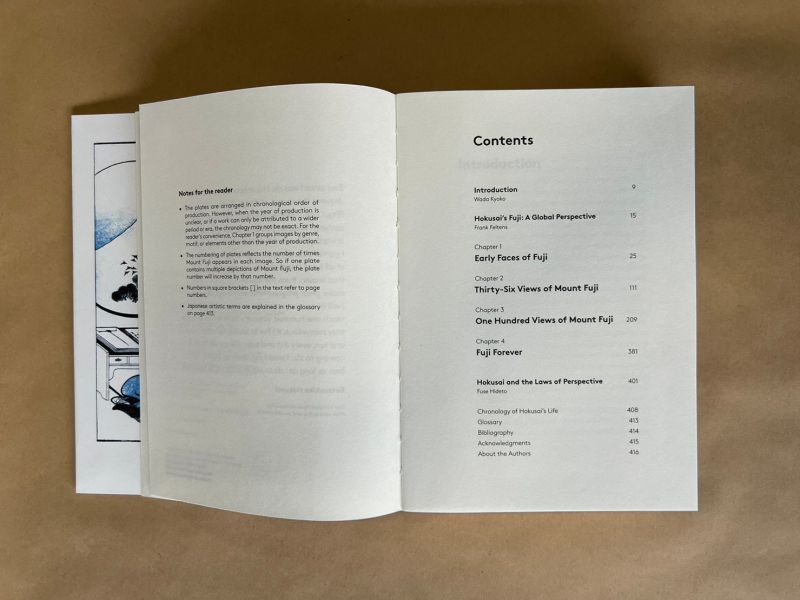商品詳情
儘管生活不斷變遷,富士山永恆不變
【Hokusai’s Fuji】
《北齋富嶽》
@ Thames & Hudson原文書
@全彩精裝/416頁/開本15.2 x 21.3 cm
@作者:Katsushika Hokusai / Edited by Kyoko Wada
★探索葛飾北齋最重要的主題─富士山─的插畫藝術
葛飾北齋的《富嶽三十六景》及隨後的《富士百景》三冊,展示了他對單一主題—富士山—的著迷,這是他對藝術永恆渴望的一部分。在佛教和道教的傳統中,富士山被認為隱藏著永生之秘密,正如其名的一種流行解釋:“不死”。
《富嶽三十六景》創作於1830年至1832年,當時北齋已年近七十,正值事業的巔峰。這一系列中包括他著名的3幅作品:〈神奈川沖浪裏〉、〈晴嵐朝霧〉和〈山下白雨〉。在他對富士山偉大致敬的第二 部創作—《富士百景》三冊—之中,他使用了“畫狂老人”和“萬事”(或“一切”)的藝名。透過對比山體的堅定與穩固,與其周圍變化萬千的世界,北齋描繪了不同季節、天氣條件和環境中的富士山,傳達了一個重要的信息:儘管生活變遷,富士山永恆不變。
《北齋富嶽》收錄了這兩個傑出系列的所有插圖,同時還包括北齋早期對富士山的多次詮釋以及後來的繪畫作品。通過富士山,這本書追溯了北齋的作品歷史。
A wonderfully illustrated exploration of one of Hokusai’s key motifs: Mount Fuji.
Katsushika Hokusai’s Thirty-Six Views of Mount Fuji and the three volumes of his subsequent One Hundred Views of Mount Fuji show his fascination with a single motif: Mount Fuji. Hokusai’s near-obsession with Fuji was part of his hankering after artistic immortality. In Buddhist and Daoist tradition, this mountain was thought to hold the secret to eternal life, as one popular interpretation of its name suggests: fu-shi (“not death”).
Thirty-Six Views of Mount Fuji was produced from 1830 to 1832, when Hokusai was in his seventies and at the height of his career. Among the prints are three of the artist’s most famous: The Great Wave of Kanagawa; Fine Wind, Clear Morning; and Thunderstorm Beneath the Summit. By the time he created his second great tribute to Mount Fuji, three volumes comprising One Hundred Views of Mount Fuji, he was using the artist names “Gakyo Rojin” (“old man crazy for painting”) and “Manji” (“ten thousand things” or “everything”). Contrasting the mountain’s steadfastness and solidity with the changing world around it, Hokusai depicts Fuji through different seasons, weather conditions, and settings, and in so doing communicates an important message: while life changes, Fuji stands still.
Including all illustrations from these two masterful series, Hokusai’s Fuji also features many of Hokusai’s earlier renditions of the mountain, as well as later paintings. In this way, through Mount Fuji, this volume traces a history of Hokusai’s oeuvre.































